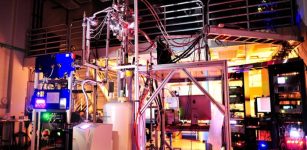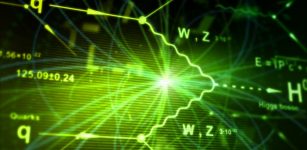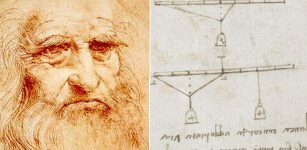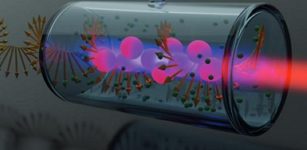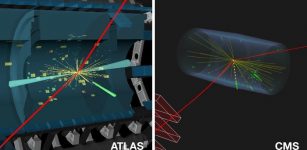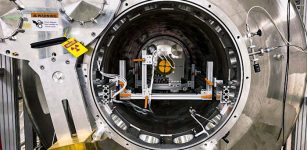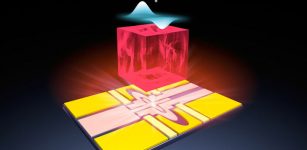Major Step Towards ‘Quantum Computers’ That One Day Will Vastly Outperform Current Systems
Eddie Gonzales Jr. – MessageToEagle.com – A research team lead by Osaka University demonstrated how information encoded in the circular polarization of a laser beam can be translated into the spin state of an electron in a quantum dot, each being a quantum bit and a quantum computer candidate.
The achievement is a major step towards a “quantum internet,” in which future computers can rapidly and securely send and receive quantum information.
 Schematic image of the spin detection of a circularly polarized photon exciting an electron spin. The yellow nano-fabricated metal electrodes form the pockets required to trap the electrons, move them, and sense them. Credit: Osaka University
Schematic image of the spin detection of a circularly polarized photon exciting an electron spin. The yellow nano-fabricated metal electrodes form the pockets required to trap the electrons, move them, and sense them. Credit: Osaka University
Moreover, the states of two or more objects can become entangled, so that the status of one cannot be completely described without this other. Handling entangled states allow quantum computers to evaluate many possibilities simultaneously, as well as transmit information from place to place immune from eavesdropping.
However, these entangled states can be very fragile, lasting only microseconds before losing coherence. To realize the goal of a quantum internet, over which coherent light signals can relay quantum information, these signals must be able to interact with electron spins inside distant computers.
Researchers led by Osaka University used laser light to send quantum information to a quantum dot by altering the spin state of a single electron trapped there. While electrons don’t spin in the usual sense, they do have angular momentum, which can be flipped when absorbing circularly polarized laser light.
“Importantly, this action allowed us to read the state of the electron after applying the laser light to confirm that it was in the correct spin state,” first author Takafumi Fujita said in a press release.
“Our readout method used the Pauli exclusion principle, which prohibits two electrons from occupying the exact same state. On the tiny quantum dot, there is only enough space for the electron to pass the so-called Pauli spin blockade if it has the correct spin.”
Quantum information transfer has already been used for cryptographic purposes.
“The transfer of superposition states or entangled states allows for completely secure quantum key distribution,” senior author Akira Oiwa said.
“This is because any attempt to intercept the signal automatically destroys the superposition, making it impossible to listen in without being detected.”
Quantum computers have the potential to vastly outperform current systems because they work in a fundamentally different way. Instead of processing discrete ones and zeros, quantum information, whether stored in electron spins or transmitted by laser photons, can be in a superposition of multiple states simultaneously.
Written by Eddie Gonzales Jr. – MessageToEagle.com Staff

